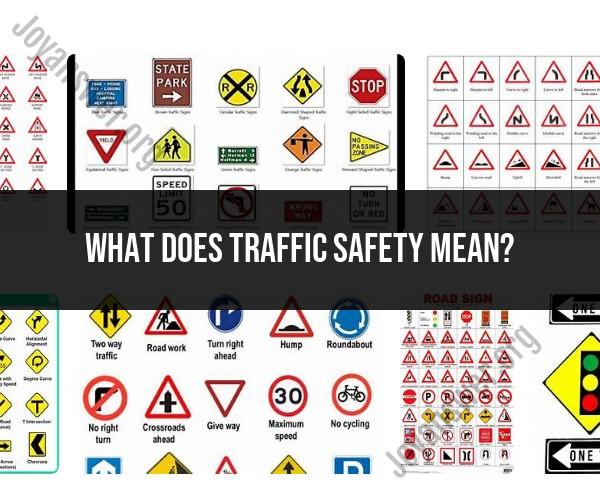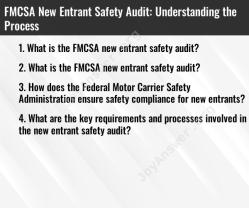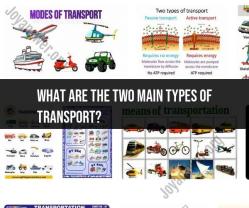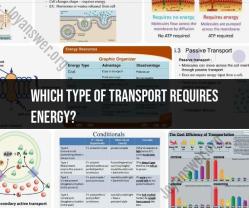What does traffic safety mean?
Traffic safety refers to the practice of implementing measures and strategies to prevent accidents, injuries, and fatalities on roadways and in transportation systems. It encompasses a wide range of actions, regulations, and infrastructure improvements designed to make travel safer for all road users, including pedestrians, cyclists, motorcyclists, and drivers.
Importance of Traffic Safety:
Human Life Preservation: The most significant importance of traffic safety is the preservation of human life. Road accidents can result in severe injuries or even death, affecting not only the victims but their families and communities as well. Implementing traffic safety measures helps minimize such tragic outcomes.
Injury Reduction: Proper traffic safety measures, such as seat belt use, helmet use for motorcyclists, and child restraint systems, can significantly reduce the severity of injuries in case of accidents.
Public Health: Road accidents contribute to a significant portion of global injury-related deaths and disabilities. By prioritizing traffic safety, public health is safeguarded, reducing the burden on healthcare systems and resources.
Economic Impact: Traffic accidents lead to substantial economic costs through medical expenses, property damage, legal proceedings, and lost productivity. Ensuring traffic safety helps mitigate these financial burdens on individuals and society.
Improved Quality of Life: Safe roadways foster a sense of security among citizens, encouraging more people to walk, cycle, and use public transportation. This reduces traffic congestion, air pollution, and noise levels, contributing to an improved quality of life.
Environmental Benefits: Reducing traffic accidents can also lead to fewer vehicle collisions and subsequently fewer hazardous materials being released into the environment from damaged vehicles.
Sustainable Transportation: Prioritizing traffic safety supports the promotion of sustainable transportation options, such as walking, cycling, and public transit. This can lead to reduced reliance on private vehicles, which in turn decreases traffic congestion and environmental pollution.
Legal and Regulatory Framework: Traffic safety is often enforced through laws and regulations, such as speed limits, traffic signals, and rules of the road. These regulations help maintain order and predictability on roadways.
Community Engagement: Fostering a culture of traffic safety encourages communities to work together to improve road conditions, infrastructure, and public awareness, creating a sense of shared responsibility.
Education and Awareness: Traffic safety campaigns raise awareness about the importance of safe driving behaviors, the risks of reckless driving, and the potential consequences of not adhering to traffic rules.
In conclusion, traffic safety plays a critical role in preventing accidents, protecting lives, and promoting sustainable transportation systems. By implementing effective traffic safety measures, societies can create safer, healthier, and more sustainable environments for everyone.












